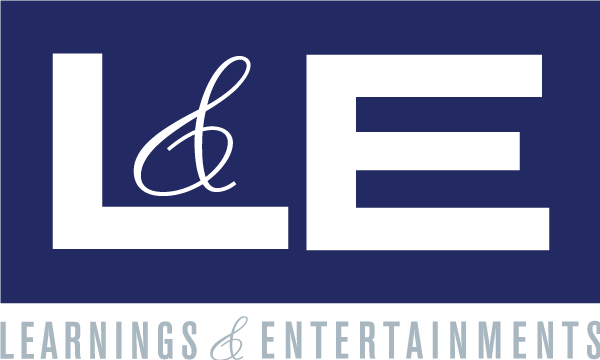Some of the highlights include:
- Why is this change both significant and importantly was is the Government’s expectation? What is the difference between “shorter” and “targeted” training?
- The DOJ has acknowledged what most successful programs have known for a while. That shorter, more frequent training and communications are more effective. Most adult learning principles support this.
- Training is important, but it should be shorter, relevant and interesting.
- Comms is separate. It services a different purpose.
- To advertise where resources are.
- To drive traffic to those resources – teach people where to go.
- To remind people and reinforce resources and themes.
- “Enable employees to timely identify and raise issues”
- That is making resources accessible and easy to use
- Show up in more places – Apps, Newsletters, Intranet Posts, email signature, in the mouths of leadership
- It’s also about making people know that they are safe
- That is making resources accessible and easy to use
- Targeted is focused on making training relevant. Corporate comms can go to everyone, everywhere, all the time. Training should be tactically relevant to job function.
- Learnings and Entertainments creates short stories about specific issues so that companies can deploy those to those specific audiences.
- Broadcat makes job aids which are helpful in this regard.
- Offerings are aligned with what the DOJ is recommending in their 2020 update.
- “Hey maybe a group of comedians and improvisers have something to offer.”
- L&E’s whole business is structured around two things.
- Promoting E&C as helpful advisors and coaches.
- Promoting Speak Up culture.
- Short, Entertaining, Memorable Comms & Awareness – this is designed to raise the visibility of the issues policies and resources so they are easy to access. Show up in more places. Try to shift attitudes and behaviors over time.
- Person on the Street Campaigns – gives voice to employees. Makes it less preachy.
- Stories that shed light on the speak up process – share why things happen and the results of those things. Very specific and targeted learning.
- Talk Shows that help leaders shed light on the speak up process – build trust.
- Improv Training to help leadership encourage speak up culture.
